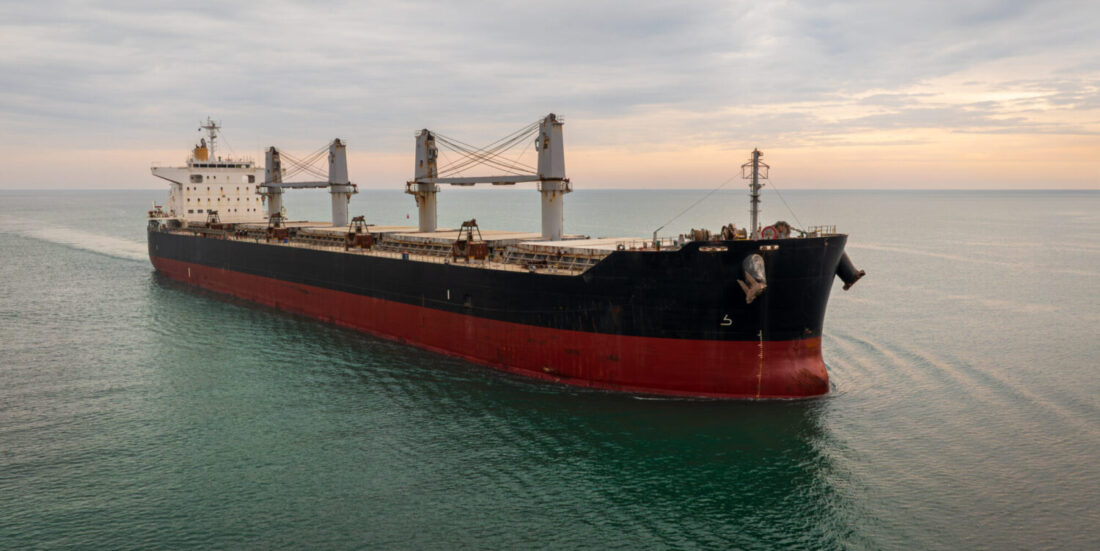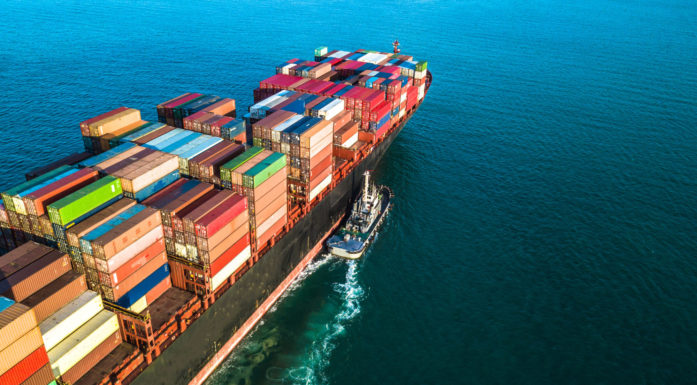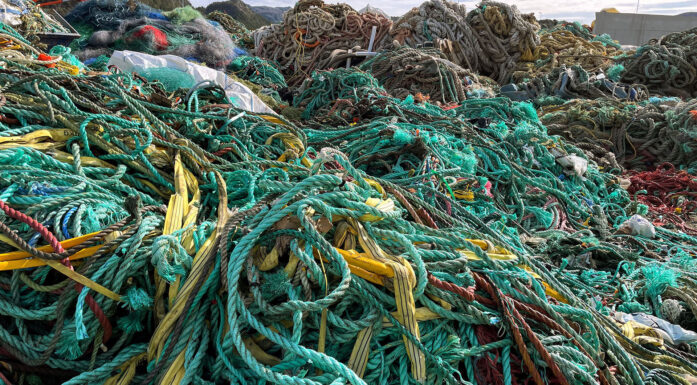Researchers can help shipowners achieve ambitious climate targets
International shipping does not want to be a climate bad guy and is aiming to be emission-free by 2050. A new tool designed by researchers in Trondheim can help shipowners who are searching for green solutions.
Shipowners around the world are in a very difficult position, because they are having to order new ships now that will run on fuel and technologies that are not yet fully developed.
A new study suggests that ammonia could be a smart and energy-efficient fuel in the race to achieve net zero in shipping. Researchers at the Department of Industrial Economics and Technology Management (IØT) and the Department of Marine Technology (IMT) at NTNU and SINTEF Ocean are behind the study.
Help making choices in uncertain times
The researchers have developed a new model that can help shipowners and ship designers make good decisions in a time of great uncertainty. The study was recently published in Maritime Transport Research.
Postdoctoral fellow Benjamin Lagemann at the Department of Marine Technology describes the challenges the industry is facing:
“They need to choose a machinery system and make plans for the future. At the same time, there is considerable uncertainty related to fuel prices, carbon pricing, fuel bunkering availability and safety,” he says.
Anyone investing in new ships or upgrading their fleet must make decisions now, or have plans for how they intend to meet the climate requirements.
- You might also like: Bulk carriers can also be green
Must be equipped for unknown requirements
The ships that are now being ordered will likely be part of the international fleet in 2050.
They need to be equipped such that the enormous machinery can be converted to run on new types of fuel in the future. In shipping terminology, this is called retrofitting.
“A lot is still under development, but the decisions made today will affect the possibilities for retrofitting and fuel choices in the future. This means that the shipowners have to commit to a decision to a certain extent, and thereby run the risk of not meeting future standards and expectations related to the environment,” says Lagemann.
Supramax ships as an example
The study is based on a fleet of Supramax ships. The model incorporates factors such as emission figures from production to end use using a variety of different fuels, prices and other assumptions.
The ambition of the International Maritime Organization (IMO) is for shipping to be climate neutral by 2050. In addition, the industry must achieve major emission cuts by 2030 and 2040.
The NTNU researchers’ model shows that IMO’s ambitions have a strong impact on shipowners and ship designers’ choice of propulsion systems.
“Anyone investing in new ships or upgrading their fleet must make decisions now, or have plans for how they intend to meet the climate requirements,” says Professor Kjetil Fagerholt from the Department of Industrial Economics and Technology Management.
Shipowners need to act quickly
A lot is at stake, and shipowners need to act quickly. A standard Supramax cargo ship costs approximately NOK 300 million to build, and specialized ships can cost a lot more. The service life of these vessels is typically 20–30 years.
There is still a lot we don’t know about the new low and zero-emission fuels, and how they will affect technology, machinery and propulsion systems. This year, a carbon quota system for shipping will be introduced in the EU, but no one knows what the carbon prices will be in the future.
“All this makes future prices for the different fuels very uncertain,” says Fagerholt.
- You might also like: Want to save the planet? Cut coal use by 95 percent, oil by 60 percent by 2050, report says
Decisions must be sustainable
The researchers have fed all the variables into the models, and developed a probability distribution for how conditions might develop in the future.
“We create many different scenarios of what might happen, but don’t draw any final conclusions on any of the outcomes,” says Fagerholt.
Benjamin Lagemann says the model highlights many of the issues related to the choice of fuels, but not all of them. It requires few input parameters, and is therefore relatively easy to reuse. The intention is to give an indication of which solutions will work best over time.
Ammonia for the most ambitious
More than 80 per cent of the goods in global trade are transported refrigerated. The Supramax ships on which NTNU researchers’ models are based are around 200 metres long, transport dry loads and weigh between 58,000 and 65,000 deadweight tonnes. There are currently almost 3000 ships of this type in operation, and they account for almost 10 per cent of global transport operations measured in tonne-miles.
It is not yet known what the requirements for emission cuts are going to be, so the researchers have studied two scenarios. One of them assumes a 90 per cent cut in emissions by 2045. The conclusion is that the fleet should be designed for ammonia-based propulsion systems. If the ambitions are lowered to a 50 per cent cut in emissions, the model recommends liquefied natural gas, i.e. methane-based propulsion systems.
Many factors point towards ammonia
In recent years, many reports have indicated that ammonia could lead the fleet into an emission-free future. The acrid smell of this chemical that is used in detergents and agricultural fertilisers is something we all recognise. When properly produced and used, ammonia can be an energy-efficient fuel to replace today’s polluting fossil fuels. Ammonia does not emit any CO2, sulphur oxides or particles.
- You might also like: Ammonia – the key to making long-haul shipping green
Providing advice for operating entire fleets
The researchers’ work builds on previous research from postdoctoral fellow Benjamin Lagemann, showing how one single ship could be retrofitted over time to meet increasingly strict emissions requirements. They have now expanded the model to what they call a fleet perspective, and created two versions.
Simply explained, one version can suggest what shipping companies with many ships of different ages should do, and when it is smartest to do so. The other version will provide decision support to shipowners planning to build an entire fleet of new ships. One example is companies that are currently investing in building a fleet of completely new ammonia-powered ships.
Interest from home and abroad
When shipping companies invest, they want two things at once: the investment should yield the highest possible return while minimising the danger of unwanted risk. A company with 12 ships can spread the risk over time by choosing three different technologies for fuel and engine types. All of them can be retrofitted, but not all of them need to be retrofitted at the same time.
When the researchers were asked if they know whether their models will actually be used by those who need them, Lagemann replies:
“No, we don’t know. But several industry actors, designers and shipping companies, both in Norway and abroad, have shown interest.”
Reference:
Olav Loennechen, Kjetil Fagerholt, Benjamin Lagemann, Magnus Stålhane: Maritime fleet composition under future greenhouse gas emission restrictions and uncertain fuel prices https://doi.org/10.1016/j.martra.2024.100103







